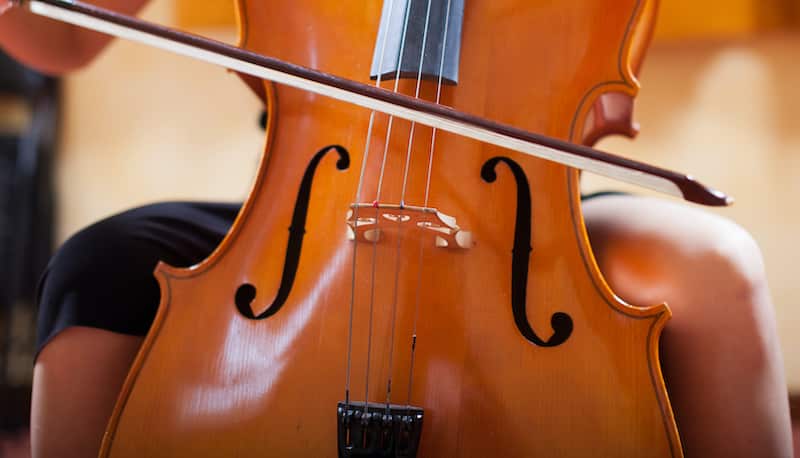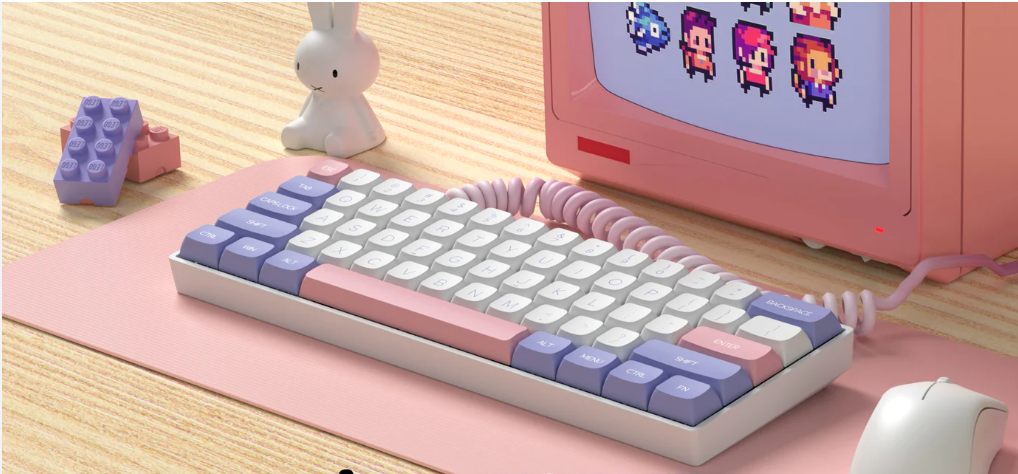Cello is one of the elegant and high-end string instruments you can find on the market. There are lots of manufacturers that boast their cellos, but if you’d look closer, you’ll notice that their cellos are almost the same in construction. Every cello you’ll find in the market has the same sets of materials, and if you’re wondering what it is made of, you might want to keep reading.
Materials Used in Making a Cello
The carved wood determines the cello’s body and its shape. There are traditionally hand-carved cello and machine-generated as well. However, both types undergo the same process, and that is through heating the wood and bending it to make forms. Beginner cello players should know that the carved wood plays a significant role in producing the quality sound of the cello due to its body shape and hollow feature. Here are some materials that manufacturers use to make a cello.
Spruce
Spruce is the preferred and chosen wood type in most instruments, especially cello. The top part of the cello is typically made of spruce, which manufacturers believe has natural strength because of its low density. It also contains a very high specific modulus of elasticity and affects the soundboard in a positive way. Consequently, the quality of the spruce contributes a lot in creating the cello’s desirable sound.
Maple
Aside from spruce, maple is another quality wood that a cello has. While the top part of the cello is made of spruce, the back of it is built with a solid maple. It also has excellent acoustic properties just like that of a spruce – the reason why you’d find this type of wood in almost all string and acoustic instruments.
Ebony
Ebony is a hardwood that you’d find on cello fingerboards. Most cello fingerboards are built using ebony due to its sound properties. The fingerboards of your cello give a hard surface for the strings so they can be pressed down to produce notes.
Alternative materials in making a cello
Although woods are the most common and trusted materials in making a cello, it is interesting to know that there are some alternative materials.
- Walnut can be used as an alternative to spruce and maple. However, it should be first pre-treated in a liquid bath for the wood fibers to soften and be compressed.
- Sonowood can be used as an alternative to ebony for the cello fingerboards.
- Another alternative for ebony is corene, a plastic material with synthetic polymer properties.
Summary
Almost all traditional cello you can find on the market are made with spruce, maple, and ebony. However, due to the high demand for these materials, manufacturers tend to find alternatives so they can produce similar instruments. These alternatives can give consumers an affordable price fitted to their budget. Spruce and maple type of woods are considered high-end and now that these materials are becoming endangered, it will lead to a higher price. This is where you can take advantage of the alternatives.



